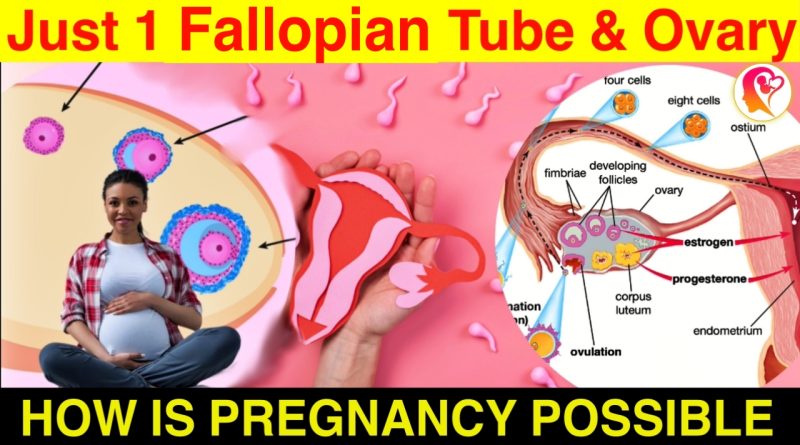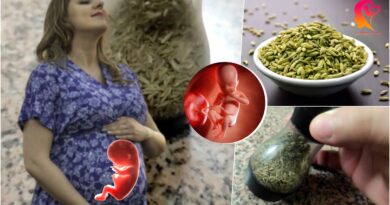Getting Pregnant with a Single Fallopian Tube and An Ovary – Best Guide 2024
इस लेख को हिंदी में पढ़िए
Many women are curious about the possibility of conceiving with just one fallopian tube and one ovary. They ponder over its feasibility and the factors that might affect fertility in such cases. Let’s embark on a journey together to understand the complexities associated with having a solitary tube and ovary and explore tips and treatment options to overcome potential challenges.
The reproductive process in females heavily relies on the fallopian tubes and ovaries. The fallopian tubes act as conduits, guiding the egg’s passage from the ovary to the uterus. During ovulation, the fallopian tube nearest to the ovary captures the released egg and directs it into the fimbriae, a funnel-shaped opening.
Having a healthy and functional fallopian tube is crucial for the union of egg and sperm. Therefore, it is indeed possible to conceive with only one ovary and one fallopian tube. The likelihood of pregnancy under these circumstances depends largely on an individual’s health condition. While it may present more challenges compared to having two healthy tubes and ovaries, conceiving is still within the realm of possibility. As long as the remaining ovary is healthy, consistently undergoes ovulation, and remains unobstructed, the chances of getting pregnant are promising and viable. However, it’s important to acknowledge that fertility is a complex process influenced by multiple factors, resulting in different outcomes for different women.
To increase the chances of conceiving with a single fallopian tube, here are some helpful tips to consider:
- Maintain a healthy body weight.
- Incorporate meditation and light exercise into your routine.
- Optimize your chances by timing intercourse during your fertility window.
- Educate yourself about your menstrual cycle and the hormonal changes that occur.
- Follow a nutritious and well-balanced diet.
In addition to these lifestyle factors, there are various treatment options available to support conception. These options include intrauterine insemination, medication, surgery, assisted reproductive technology, and third-party reproduction methods.
In cases where natural conception proves challenging, it’s important not to lose hope or feel overwhelmed. There are alternative options that can be pursued to achieve pregnancy. These specific alternatives involve assisted reproductive technologies such as in vitro fertilization (IVF treatment). This procedure entails retrieving eggs, fertilizing them in a laboratory, and subsequently transferring them to the uterus to facilitate a successful pregnancy. For more information, kindly visit your health care professional. Thanks for reading on Garbhgyan.com.




